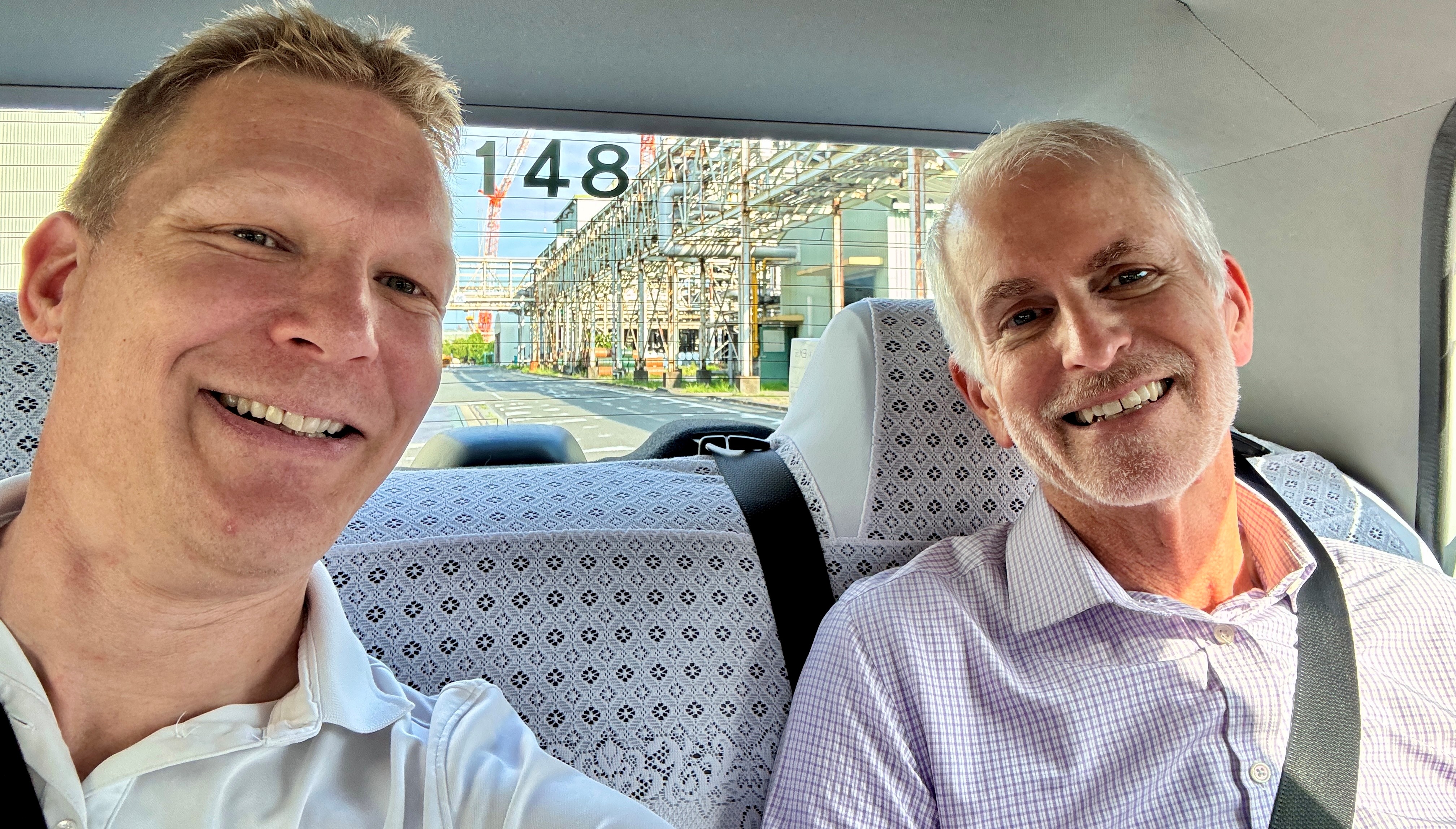
Dennis Nobelius: Three verticals, one mission for circular polyester
Boston Consulting Group just released a new report, estimating 121 million metric tons of textile waste were generated globally in 2024, with projections this figure will rise to 180 million by 2035. They also concluded waste includes far more than worn-out apparel. While the fashion industry is often spotlighted, it is not the full picture. Towels, linens, industrial textiles, automotive textiles, medical scrubs etc. all add up to the fact that less than 1% of this waste is recycled into new textiles.
On this note, this is actually the theme of the sixth issue of The Thread. Why do we at Syre focus on three verticals? Isn’t apparel enough?
Early on, we decided to broaden our approach to target not only apparel but also the automotive and the home interior market with the purpose of bringing more stability and a wider overall impact. Because polyester is soooo frequently and broadly used. The use of polyester in apparel is obvious and found in many applications with high performance standards (shoes, shirts, performance-wear, etc). Home interior is also a big consumer of polyester, and the material is found in e.g. sofas and carpets – items with high demands for durability. Automotive, where I’ve spent a large portion of my career, is a field that is difficult to qualify for – several tests are conducted to ensure safety (for example, imagine the process of qualifying an airbag). It also demands robustness over time and a lifecycle typically tied to the lifespan of a car or even an entire platform.

The common denominator for all three selected verticals is a strong sustainability focus to move away from a fast linear model to circularity. To be sustainable as a business. And also, in pace with current and upcoming legislations. Take the car industry for example. Six years after the End-of-life Vehicles Regulation (ELVR) comes into action, 20% of the weight of the car needs to be coming from post-consumer waste. And of that 20%, 15% need to come from recycled end of life vehicles, creating a closed loop source to perfect circularity. This approach is essential to minimize the extraction of virgin raw materials!

If I deep dive a bit more into automotive, the focus on reductions of CO2 is clear, and has been driven from emission requirements and CO2 fleet averages for many years. Hence, once steel, aluminium and batteries have been addressed, the focus quickly shifts to the use of plastics in a car. And when looking at the various types of plastic in a car, the logical step would be to replace them where possible and to reduce the number of types of plastics to further enhance and facilitate recyclability. Our experience shows that the move to mono-materials typically end up with polyester as the preferred choice due to its cost-efficiency and its potential for true circularity. Could it be that automotive is ahead as a vertical, given today’s high level of traceability and supply chain knowledge and control?
Further, as a scale-up, last year while screening and inviting key investors to join our journey, the Board challenged us to bring all three targeted verticals onboard and represented on the cap table. Why? To secure that customer needs and knowledge is accessible and present. Hence, IMAS Foundation within the INGKA Group, Volvo Cars, Leitmotif – an independent VC firm but with connections to VW Group – and, last but not least, H&M Group decided to be part of our first group of investors. This is not only a super strong endorsement for us, but also a priceless network for learning across all of these polyester heavy industries and their supply chains. Summing up, we are proud to collaborate and learn from three demanding verticals and believe this is beneficial for all three customer segments as well. Because again – polyester stretches far beyond fashion.


How are we progressing as a scale-up? We will cover this in more detail in the next issue of The Thread as we will have more news to share. For now, we are very pleased to have announced and welcomed Scott Pearson as our new Chief Technology Officer. We are progressing very well with the import license and industrial park selection in Vietnam for our larger commercial plant. On the commercial side, we have made significant progress with our brands (more on this later on), and we are spinning yarn and shipping samples to customers to touch and feel our product by themselves. At the same time, we continue to work with our feedstock partners across the globe. Of course, we are also facing challenges – naturally – being a small but determined scale-up team driving change at speed.
